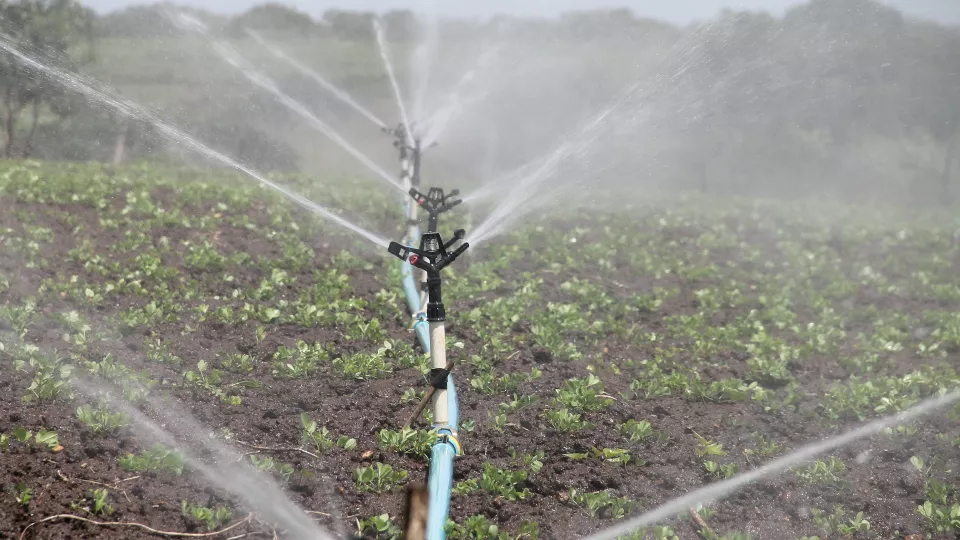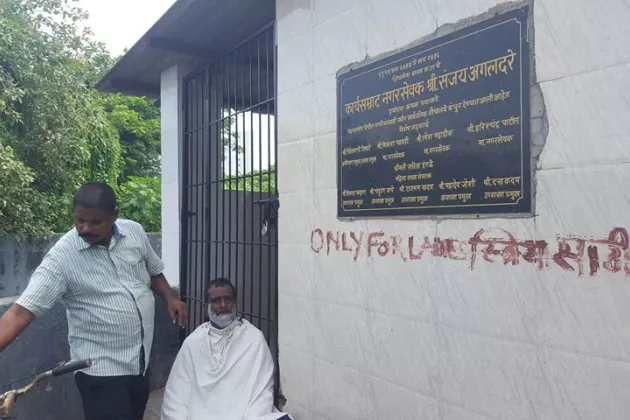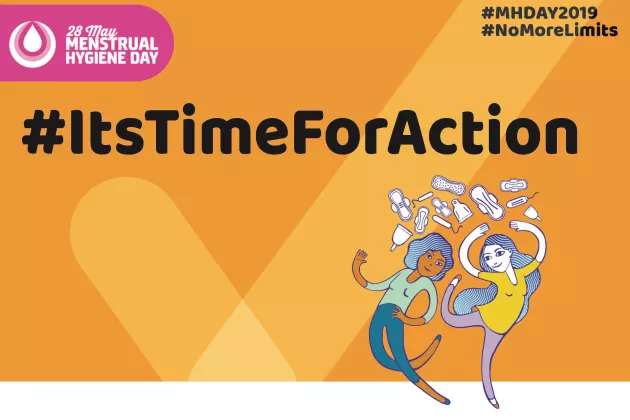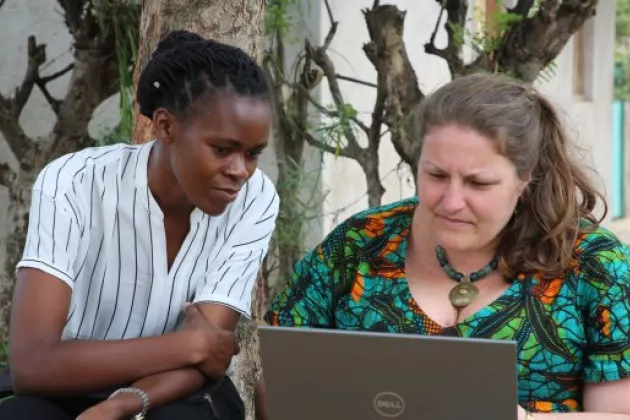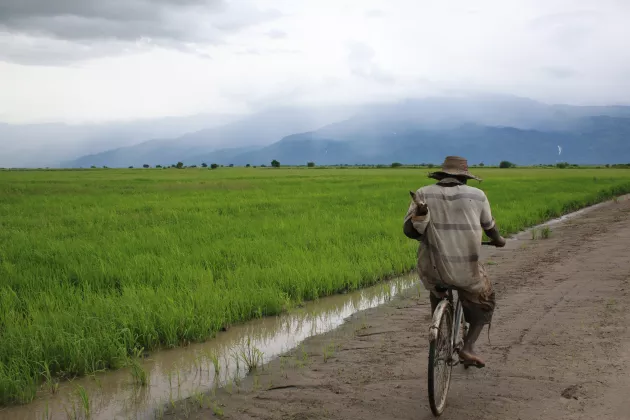Emma Johansson’s research focuses on water, agriculture and participatory practices. To mark World Water Day 2020, she highlights some key research about water, and explains how we can contribute to a more sustainable use of water.
Why is it important to highlight World Water Day?
Water is one of the pillars of human wellbeing, and vital to our health. Apart from being essential for life, water is also a key component in agriculture, food and energy production, as well as in the production of clothes and other consumer goods.
International World Water Day gives us an opportunity to highlight the relationship between water use, accessibility, scarcity, and impacts from example climate change.
It is also an occasion to reflect on our own water consumption. Many of us are not aware of how much indirect water, so called virtual water or hidden water, we use in our daily life.
What is your research on water about?
In my research on large-scale land acquisitions, or land grabbing, in Sierra Leone and Tanzania, I examined the impacts on water at different scales, from the local to the global.
What I found was that many of these large-scale agribusinesses grow crops that are very water intensive and not native to the environment. On a regional scale, this type of agriculture could result in widespread water scarcity and potentially cause conflicts if water supply becomes very negatively affected.
On a local scale, the effects on water were quite different than expected. The stories were not as much about polluted water as people were mainly experiencing the loss of access to waterways and streams as the main challenge, as a direct consequence of companies coming in and buying or leasing large areas of land. This loss, coupled with changes in the onset and duration of the rainy seasons, make these groups more vulnerable and at risk in terms of changes in water accessibility, seasonality, and water quality.
To get a full picture of how water resources might be impacted on a global scale, you need to zoom in both on a regional and on a more local scale. This is because water is so closely tied to all aspects of life on earth.
Another important take-away message is that many of the crops that are grown in African ‘land grabs’ are not edible, and often exported to other countries to use as biofuel, or wood products, and sometimes used for carbon sequestration (climate compensation). At the same time, many places in Africa are experiencing food insecurity. In my view, companies involved in large-scale farming should be obliged to also grow edible crops to feed local and regional communities.
This year’s theme for Word Water Day is climate change, how does climate change relate to water?
Climate change is already exacerbating the current water crisis. Droughts and heatwaves shrink global water supply, and rainfall patters have become more unpredictable - reducing crop yields in regions where food security is already a problem. Severe storms and intense rainfall also increase the risk of catastrophic floods.
Climate change highlights the need to ensure that everyone has access to sustainable water, and that we are smart with how we use the water we have.
What can we do to reduce our water consumption?
We need to become more aware of the fact that water is not only needed for direct use, like drinking, bathing, cooking, but is also embedded in our daily life, in all the products we consume and use. And most often, these products are produced elsewhere, in places that are already more vulnerable and at risk. So, a good start is to buy less of foods and goods we know are very water intensive, for example avocados and nuts. Meat farming is also water intensive, so one could also consider a change in diet.
But the most important thing we can do is to reduce our consumption. If we don’t buy too many new things, we are not contributing to virtual exports of water. We can also push industry and other organisations to provide better guidelines on the type of products that are better to buy from a water-use perspective.
It is not necessarily climate change that affects water availability the most, but rather the fact that we are more and more people who are sharing the same water. If we go on as we do now, and consume to the levels we are doing now, there will not be enough water to sustain us in the end, and this will have severe impacts on our health and survival.
